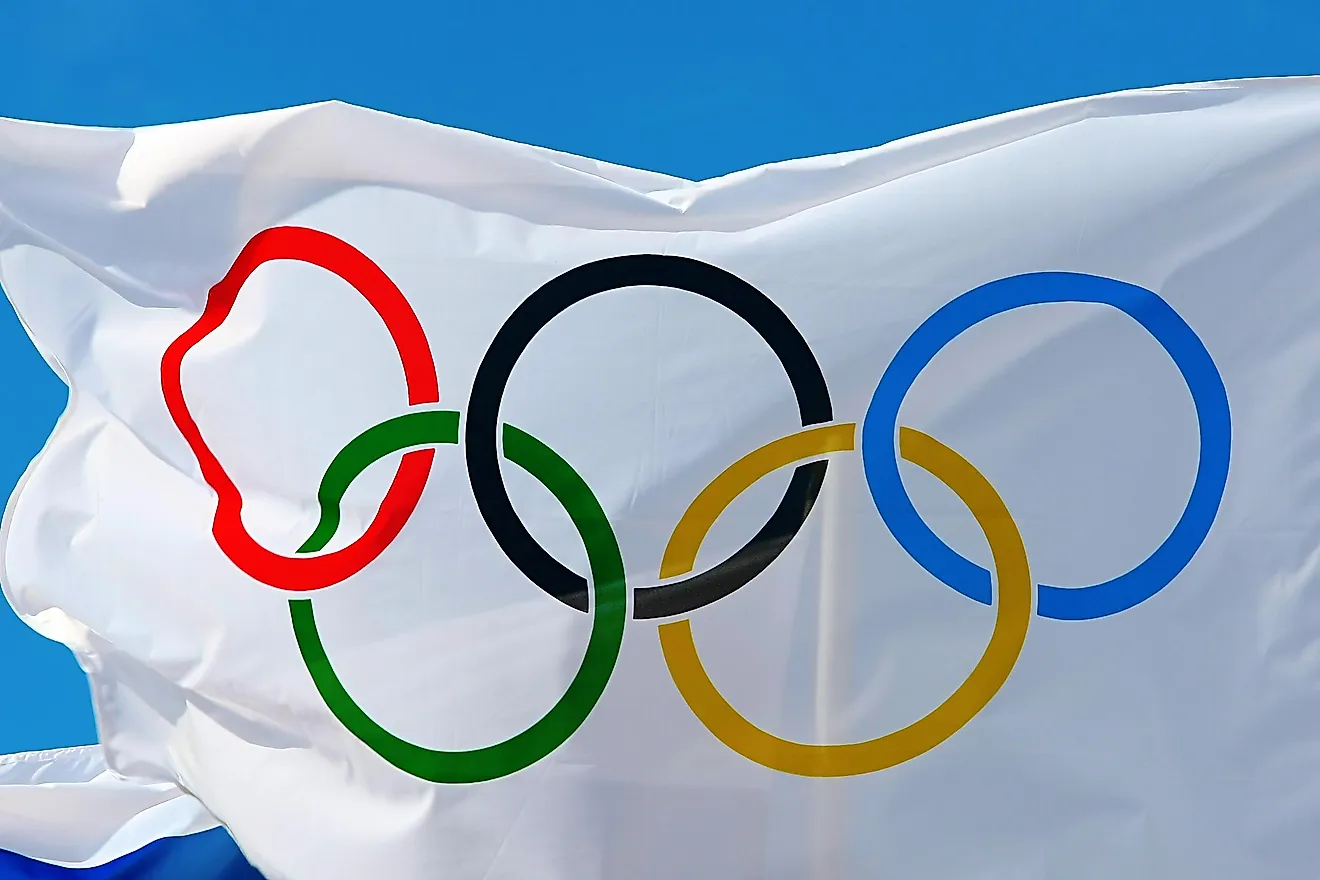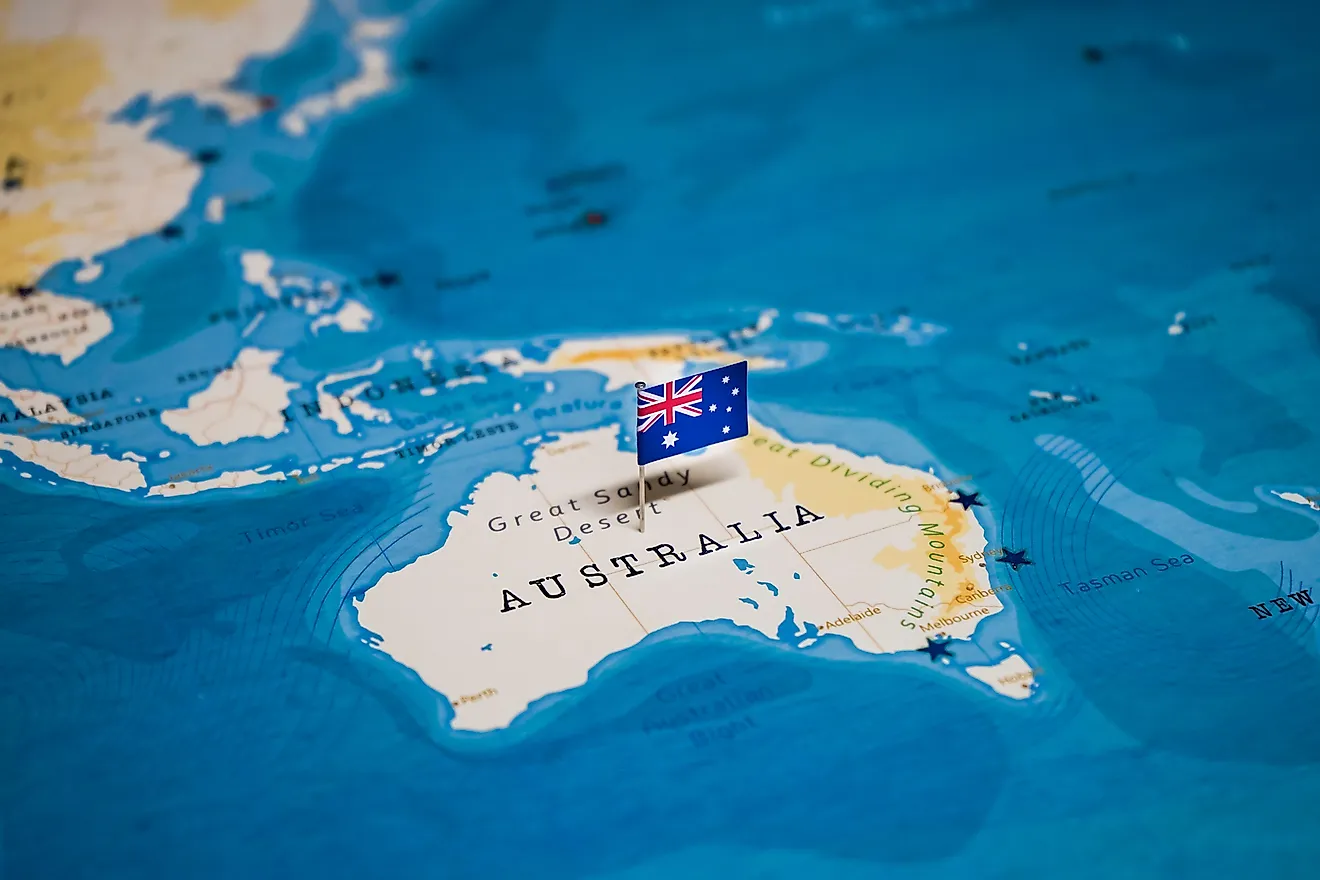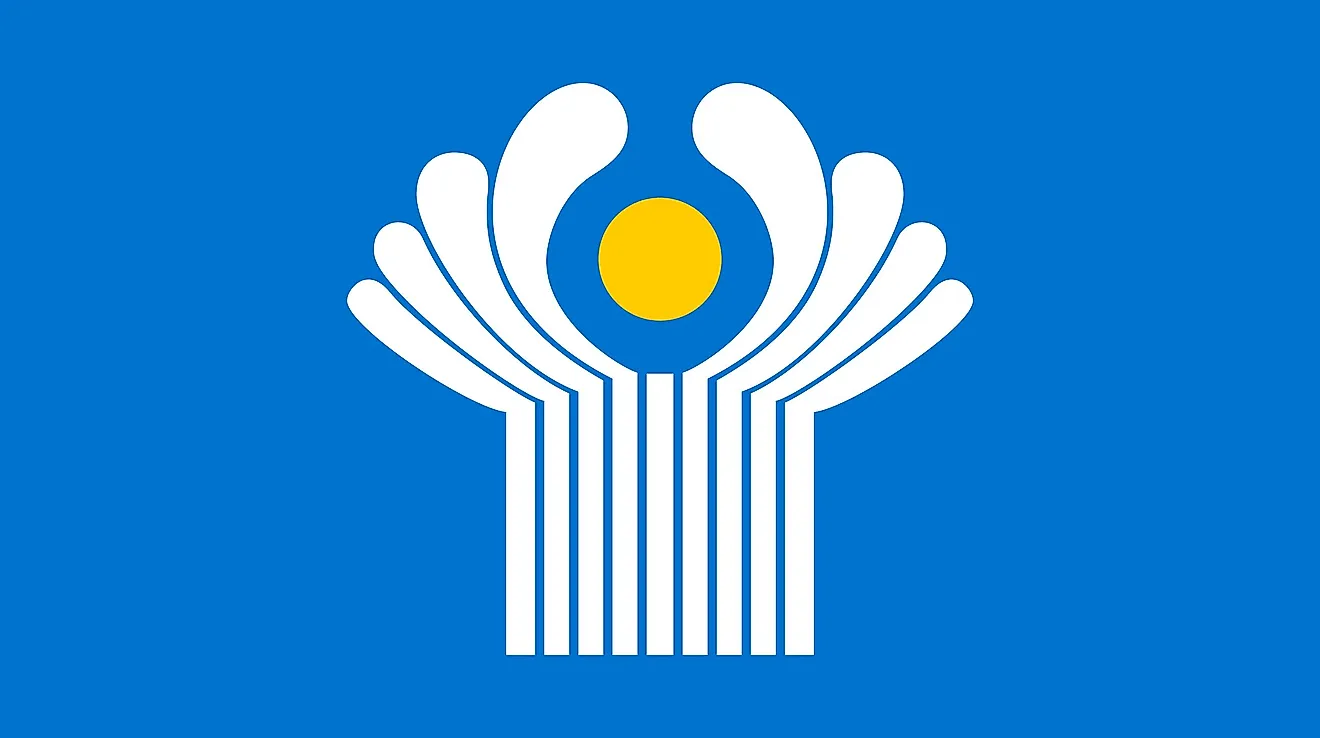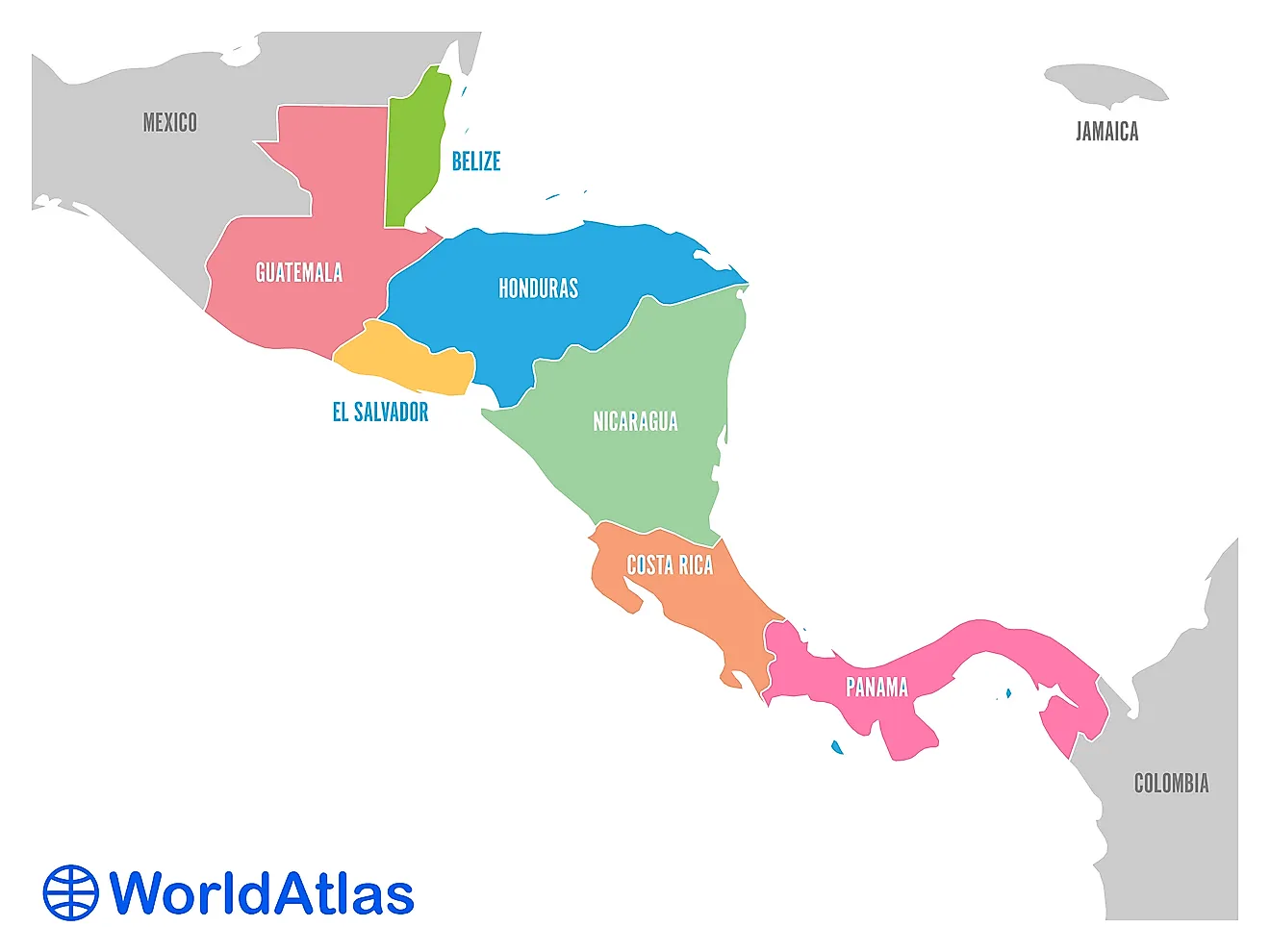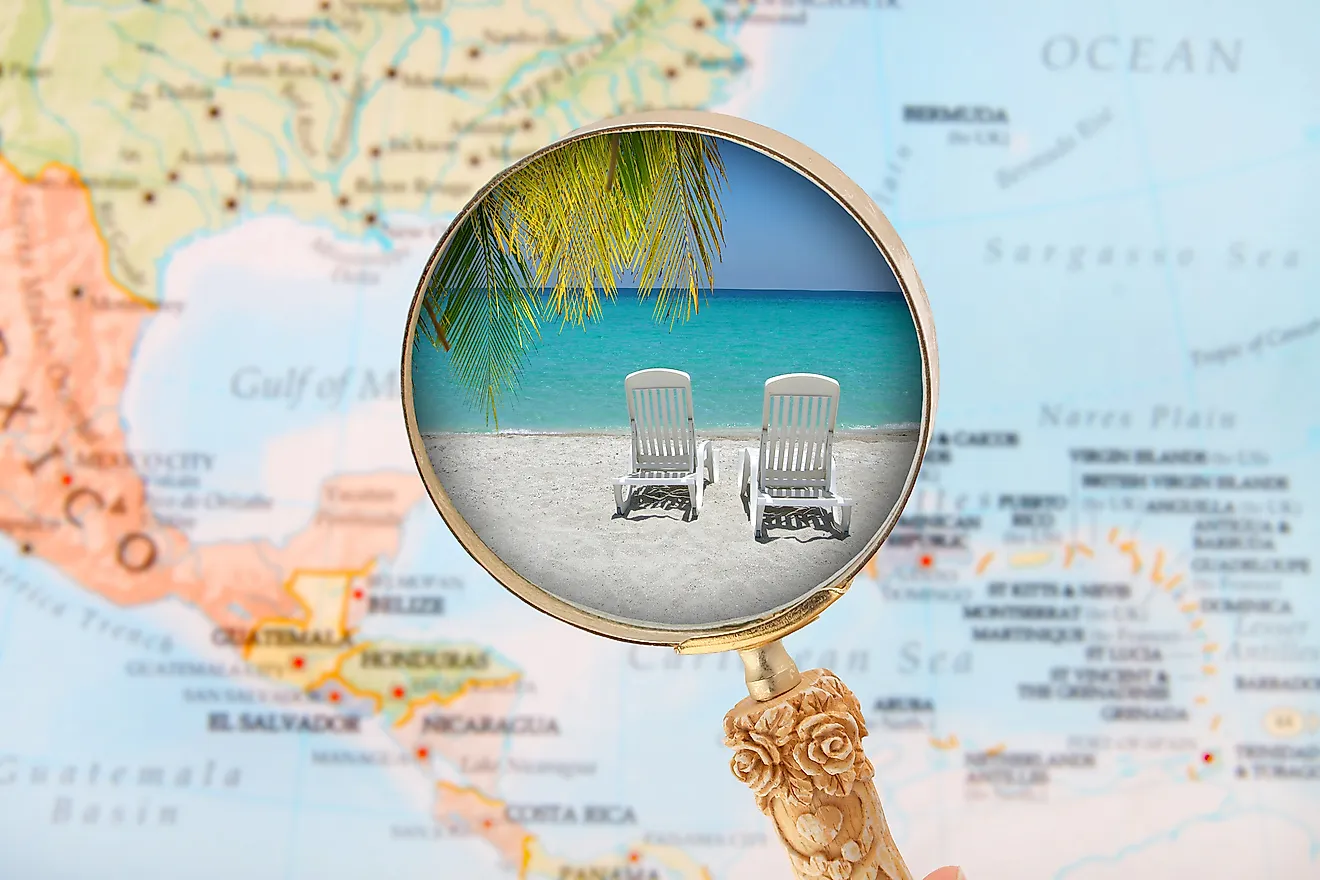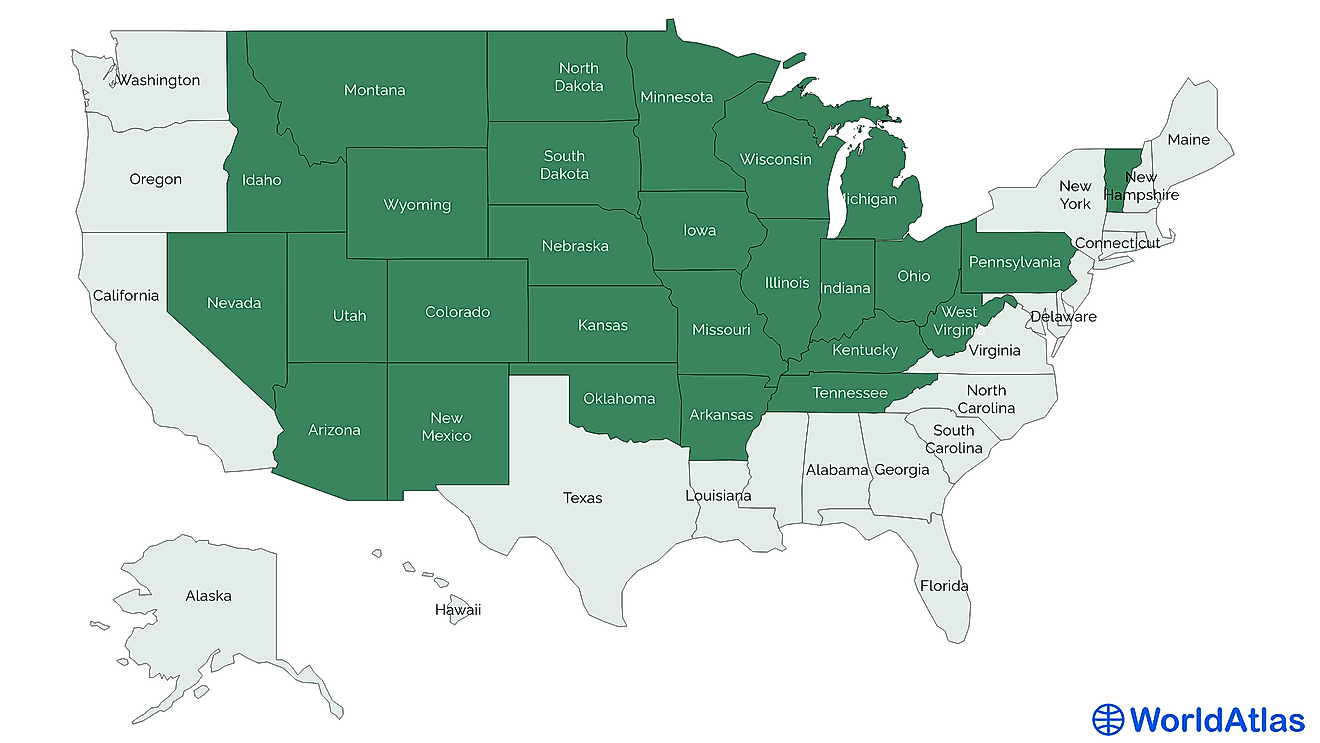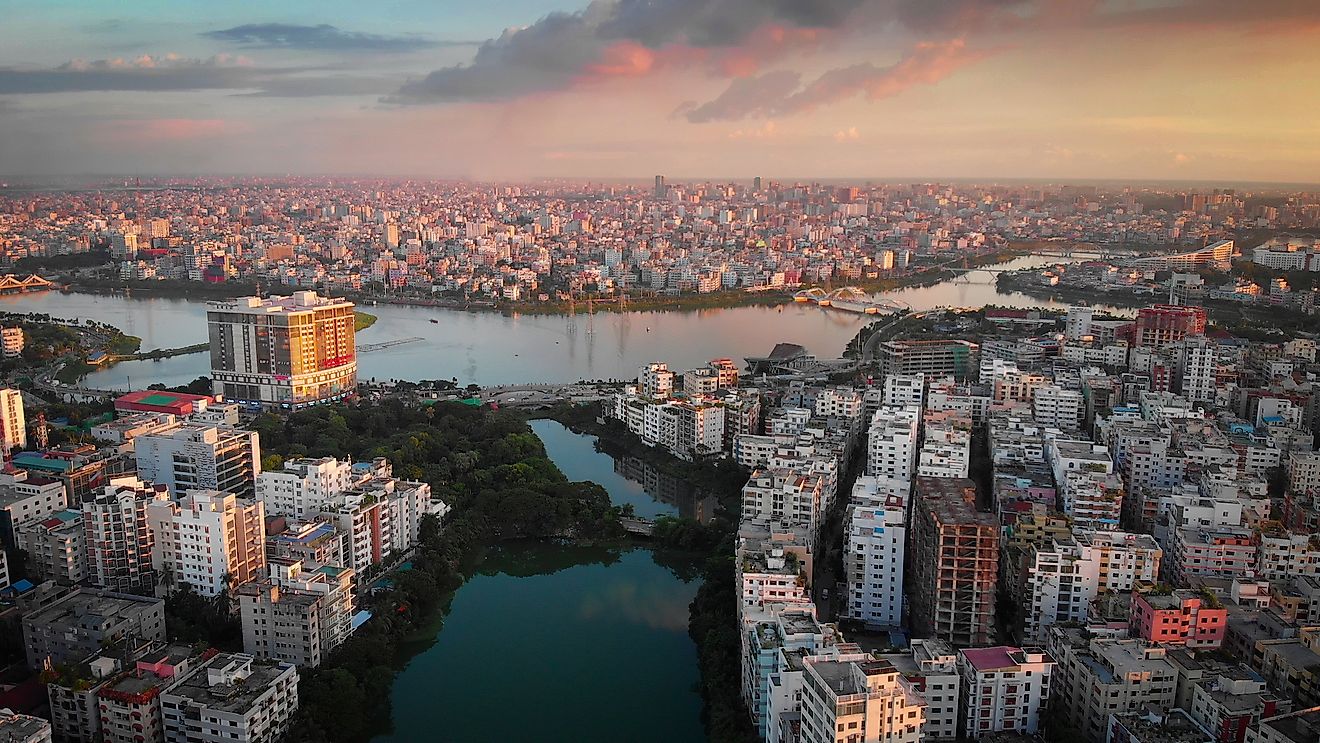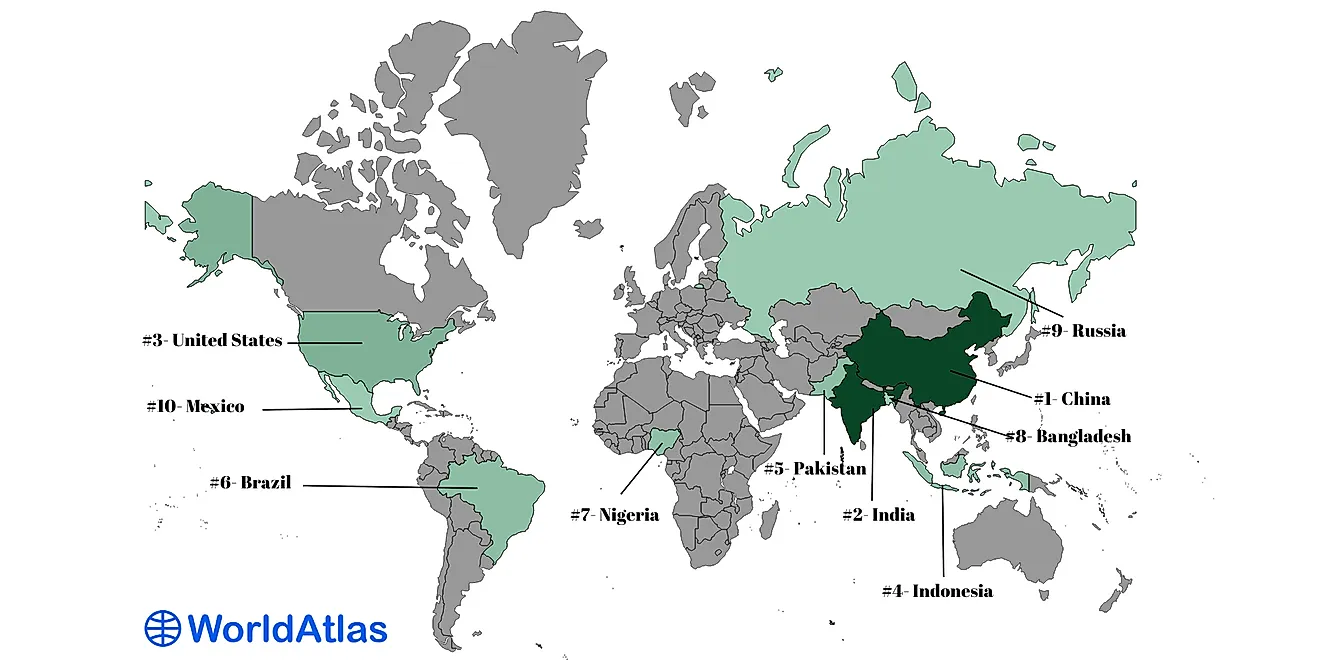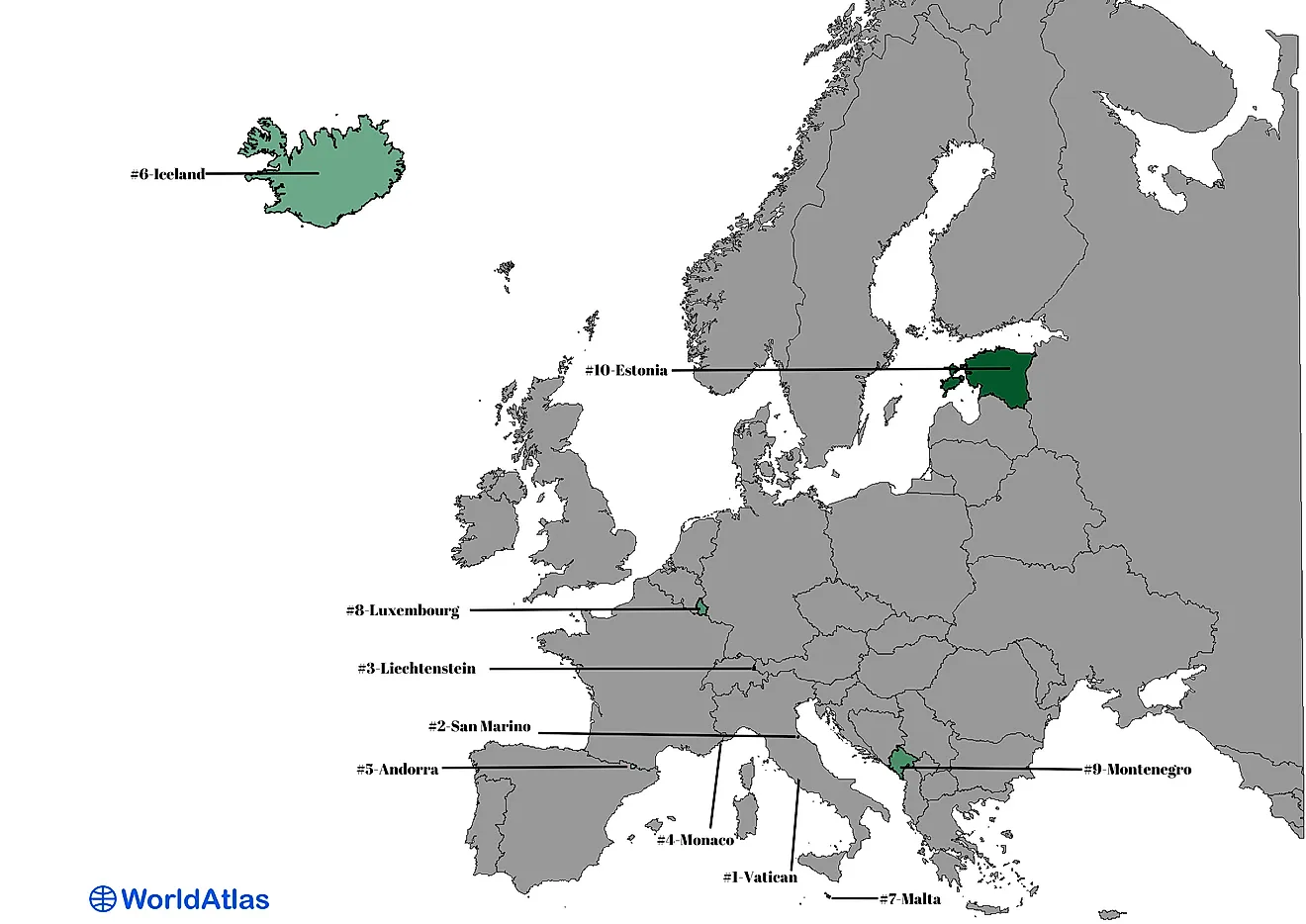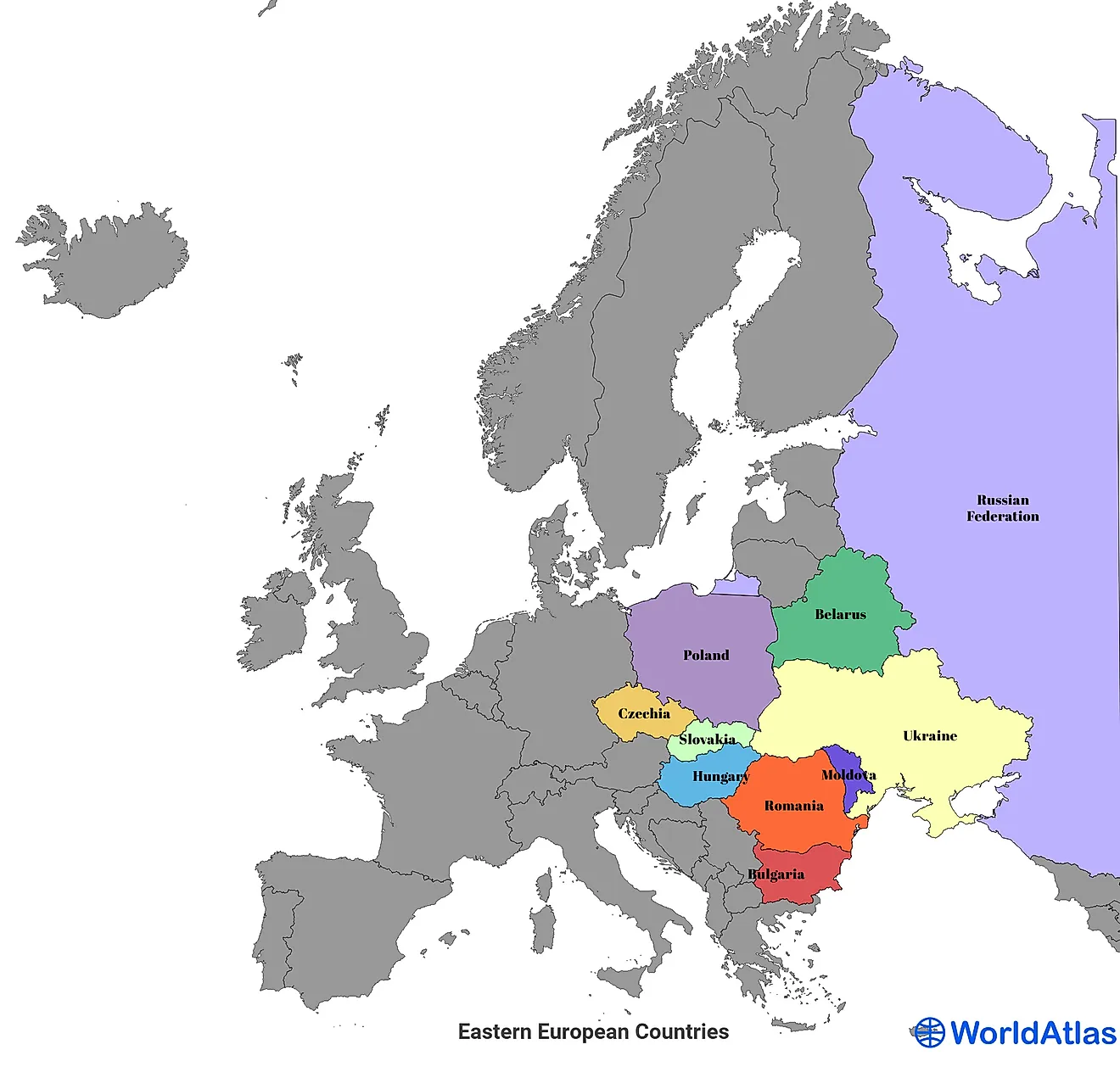List of Independence Days by Country
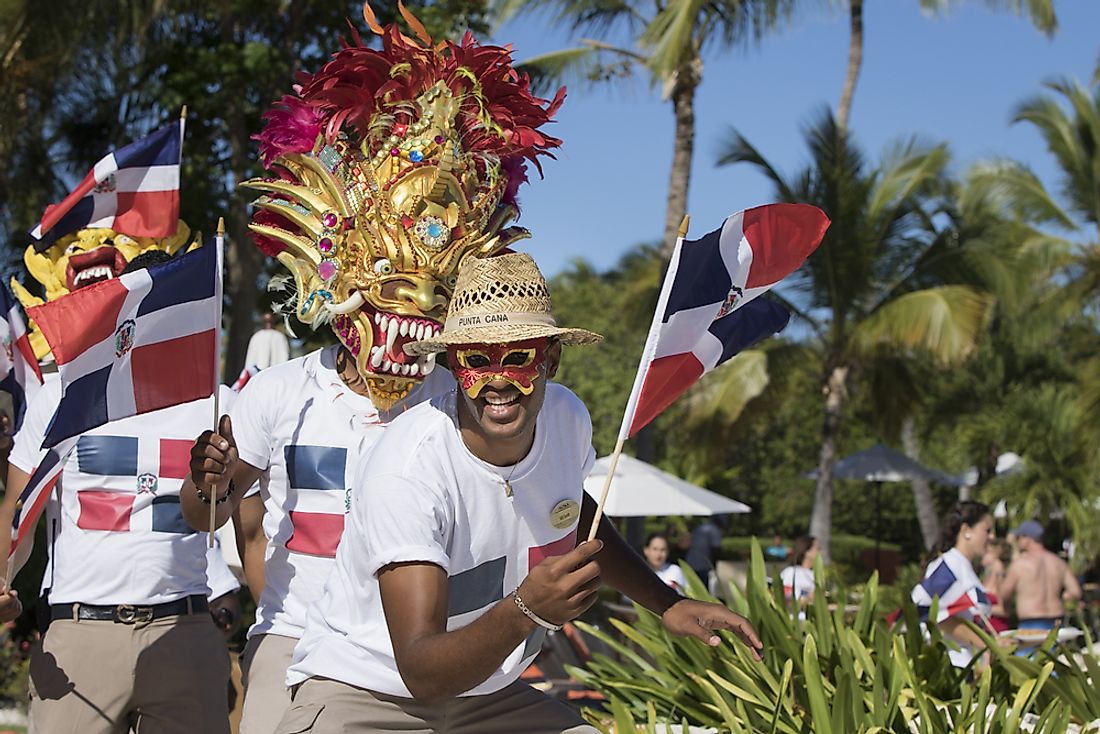
Attaining independence is one of the most important milestones in the history of a territory or a country. Although it is not clearly highlighted in international law, a country effectively becomes a sovereign state when the United Nations recognizes its independence. A territory can either declare independence or be granted the same by another territory that has been exercising sovereignty over it. Most independent countries celebrate their Independence Day annually as a commemoration of their independence. The day is considered a national holiday in many countries. Below are countries’ independence days by months.
A Selection of Independence Days
January to March
A total of 31 countries around the world celebrate their independence days between January 1 and March 31. Of these countries 7 commemorate the day on January 1 including Haiti, Sudan, Cuba, Cameroon, Samoa, Brunei, and the Czech Republic. Myanmar and Ukraine celebrate their independence days on January 4 and 22 respectively. 12 countries including Sri Lanka, Chile, Serbia, Lithuania, Gambia, and the Dominican Republic attained their independence in February.
April to June
Senegal was the first country to attain independence in April (April 4), followed by Georgia on April 9. Syria, Zimbabwe, and Irelands commemorate their independence days on April 17, 18, and 24 respectively. Both Togo and Sierra Leon share Independence Day (April 27) although they attained independence in 1960 and 1961 respectively. 12 countries across the globe observe their independence days in May, among them Latvia (May 4), Romania (9), Paraguay (15), and Georgia and Guyana (May 26). Interestingly, Israel on or between April 15 and May 15 (a day known as Iyar 5) depending on the Hebrew calendar. Countries such as Sweden, Norway, Russia, Iceland, the DRC, and 6 others attained their independence in June.
July to September
Five countries including Canada, Rwanda, Somali, Hong Kong, and Burundi have July 1 as their Independence Day. The US commemorates its Independence Day on July 4. Algerian independence is celebrated on July 5. South Sudan, the newest sovereign state, attained independence on July 9, 2011. A record 26 countries celebrate their independence days in the month of August, among them Jamaica (6), Ecuador (10), Pakistan (14), South and North Korea (15), India (15), the Congo Republic (15), Gabon (17), and Malaysia (31) among others. 21 independence days are celebrated in September of every year, including in Uzbekistan (September 1), Brazil (7), Costa Rica (15), Mexico (16), Chile (18), Mali (22), and Botswana (30).
October to December
Although Cyprus attained independence from the UK on August 16, 1960, Independence Day is celebrated on October 1. Africa’s most populated country, Nigeria, also celebrates its Independence Day on October 1. Other countries that commemorate their independence in October include Uganda (9), Fiji (10), Zambia (24), and the Czech Republic (28). Angola, Morocco, Albania, Lebanon, Panama, and Yemen celebrate their independence days on various dates in November while Portugal, Finland, South Africa, Kenya, Tanzania, and Qatar among other countries became independent in December.
Countries with Two Independent Days
Several countries have more than one Independence Days, partly because they attained independence twice in the course of their history. Countries such as Armenia, Azerbaijan, and Lithuania first attained independence from their colonizers then later declared independence from the Soviet Union between 1991 and 1992. Other countries considered to be having two independence days are Slovenia, Colombia, and Chile.
List of Independence Days by Country
| Rank | Country | Independence Day |
|---|---|---|
| 1 | Afghanistan | August 19 |
| 2 | Albania | November 28 |
| 3 | Algeria | July 5 |
| 4 | Angola | November 11 |
| 5 | Anguilla | May 30 |
| 6 | Antigua and Barbuda | November 1 |
| 7 | Argentina | July 9 |
| 8 | Armenia | May 28 |
| 9 | Australia | 03-Mar |
| 10 | Austria | October 26 |
| 11 | Azerbaijan | May 28 |
| 12 | Bahamas, The | July 10 |
| 13 | Bahrain | December 16 |
| 14 | Bangladesh | March 26 |
| 15 | Barbados | November 30 |
| 16 | Belarus | July 3 |
| 17 | Belgium | July 21 |
| 18 | Belize | September 21 |
| 19 | Benin | August 1 |
| 20 | Bolivia | August 6 |
| 21 | Bosnia and Herzegovina | March 1 |
| 22 | Botswana | September 30 |
| 23 | Brazil | September 7 |
| 24 | Brunei | January 1 |
| 25 | Bulgaria | March 3 |
| 26 | Burkina Faso | August 5 |
| 27 | Burundi | July 1 |
| 28 | Cambodia | November 9 |
| 29 | Cameroon | January 1 |
| 30 | Canada | July 1 |
| 31 | Cape Verde | July 5 |
| 32 | Central African Republic | August 13 |
| 33 | Chad | August 11 |
| 34 | Chile | September 18 |
| 35 | China | 01-Oct |
| 36 | Colombia | July 20 and August 7 |
| 37 | Comoros | July 6 |
| 38 | Congo, Democratic Republic of the | June 30 |
| 39 | Congo, Republic of the | August 15 |
| 40 | Costa Rica | September 15 |
| 41 | Côte d’Ivoire | August 7 |
| 42 | Croatia | October 8 |
| 43 | Cuba | January 1 |
| 44 | Cyprus | October 1 |
| 45 | Czech Republic | October 28 |
| 46 | Djibouti | June 27 |
| 47 | Dominica | November 3 |
| 48 | Dominican Republic | 27-Feb |
| 49 | East Timor | May 20 |
| 50 | Ecuador | August 10 |
| 51 | El Salvador | September 15 |
| 52 | Equatorial Guinea | October 12 |
| 53 | Eritrea | May 24 |
| 54 | Estonia | February 24 |
| 55 | Eswatini | September 6 |
| 56 | Fiji | October 10 |
| 57 | Finland | December 6 |
| 58 | France | 14-Jul |
| 59 | Gabon | August 17 |
| 60 | Gambia, The | February 18 |
| 61 | Georgia | May 26 and April 9 |
| 62 | Germany | 03-Oct |
| 63 | Ghana | March 6 |
| 64 | Greece | March 25 |
| 65 | Grenada | February 7 |
| 66 | Guatemala | September 15 |
| 67 | Guinea | October 2 |
| 68 | Guinea-Bissau | September 24 |
| 69 | Guyana | May 26 |
| 70 | Haiti | January 1 |
| 71 | Honduras | September 15 |
| 72 | Hong Kong | July 1 |
| 73 | Hungary | 23-Oct |
| 74 | Iceland | 17-Jun |
| 75 | India | August 15 |
| 76 | Indonesia | August 17 |
| 77 | Iraq | October 3 |
| 78 | Ireland | April 24 |
| 79 | (On or between April 15 and May 15, depending on the Hebrew calendar). | |
| 80 | Jamaica | August 6 |
| 81 | Jordan | May 25 |
| 82 | Kazakhstan | December 16 |
| 83 | Kenya | December 12 |
| 84 | Kiribati | July 12 |
| 85 | PDRK (North Korea) | August 15 |
| 86 | Republic of Korea (South Korea) | March 1 |
| 87 | Kosovo | February 17 |
| 88 | Kuwait | February 25 |
| 89 | Kyrgyzstan | August 31 |
| 90 | Laos | October 22 |
| 91 | Latvia | November 18 |
| 92 | Lebanon | November 22 |
| 93 | Lesotho | October 4 |
| 94 | Liberia | July 26 |
| 95 | Libya | December 24 |
| 96 | Lithuania | February 16 |
| 97 | Macau | December 20 |
| 98 | Madagascar | June 26 |
| 99 | Malawi | July 6 |
| 100 | Malaysia | August 31 |
| 101 | Maldives | July 26 |
| 102 | Mali | September 22 |
| 103 | Malta | September 21 |
| 104 | Mauritania | November 28 |
| 105 | Mauritius | March 12 |
| 106 | Mexico | September 16 |
| 107 | Moldova | August 27 |
| 108 | Mongolia | December 29[4] |
| 109 | Montenegro | May 21 |
| 110 | Morocco | November 18 |
| 111 | Mozambique | June 25 |
| 112 | Myanmar | January 4 |
| 113 | Namibia | March 21 |
| 114 | Nauru | January 31 |
| 115 | Netherlands, The | July 26 |
| 116 | Nicaragua | September 15 |
| 117 | Niger | August 3 |
| 118 | Nigeria | October 1 |
| 119 | North Macedonia | September 8 |
| 120 | Northern Cyprus | November 15 |
| 121 | Norway | May 17 |
| 122 | Oman | November 18 |
| 123 | Pakistan | August 14 |
| 124 | Panama | November 28 |
| 125 | Papua New Guinea | September 16 |
| 126 | Paraguay | May 15 |
| 127 | Peru | July 28 |
| 128 | Philippines | June 12 |
| 129 | Poland | November 11 |
| 130 | Portugal | December 1 |
| 131 | Qatar | December 18 |
| 132 | Romania | May 9 |
| 133 | Russia | June 12 |
| 134 | Rwanda | July 1 |
| 135 | Saint Kitts and Nevis | September 19 |
| 136 | Saint Lucia | February 22 |
| 137 | Saint Vincent and the Grenadines | October 27 |
| 138 | Samoa | January 1 |
| 139 | São Tomé and Príncipe | July 12 |
| 140 | Senegal | April 4 |
| 141 | Serbia | February 15 |
| 142 | Seychelles | June 29 |
| 143 | Sierra Leone | April 27 |
| 144 | Singapore | August 9 |
| 145 | Slovakia | July 17 |
| 146 | Slovenia | December 26 and June 25 |
| 147 | Solomon Islands | July 7 |
| 148 | Somalia | July 1 |
| 149 | South Africa | December 11 |
| 150 | South Sudan | July 9 |
| 151 | Sri Lanka | February 4 |
| 152 | Sudan | January 1 |
| 153 | Suriname | November 25 |
| 154 | Sweden | June 6 |
| 155 | Switzerland | August 1 |
| 156 | Syria | April 17 |
| 157 | Taiwan | October 10 |
| 158 | Tajikistan | September 9 |
| 159 | Tanzania | December 9 |
| 160 | Togo | April 27 |
| 161 | Tibet | February 13 |
| 162 | Tonga | June 4 |
| 163 | Trinidad and Tobago | August 31 |
| 164 | Tunisia | March 20 |
| 165 | Turkmenistan | October 27 |
| 166 | Tuvalu | October 1 |
| 167 | Uganda | October 9 |
| 168 | Ukraine | August 24 |
| 169 | United Arab Emirates | December 2 |
| 170 | United States | July 4 |
| 171 | Uruguay | August 25 |
| 172 | Uzbekistan | September 1 |
| 173 | Vanuatu | July 30 |
| 174 | Venezuela | July 5 |
| 175 | Vietnam | September 2 |
| 176 | Yemen | November 30 |
| 177 | Zambia | October 24 |
| 178 | Zimbabwe | April 18 |

